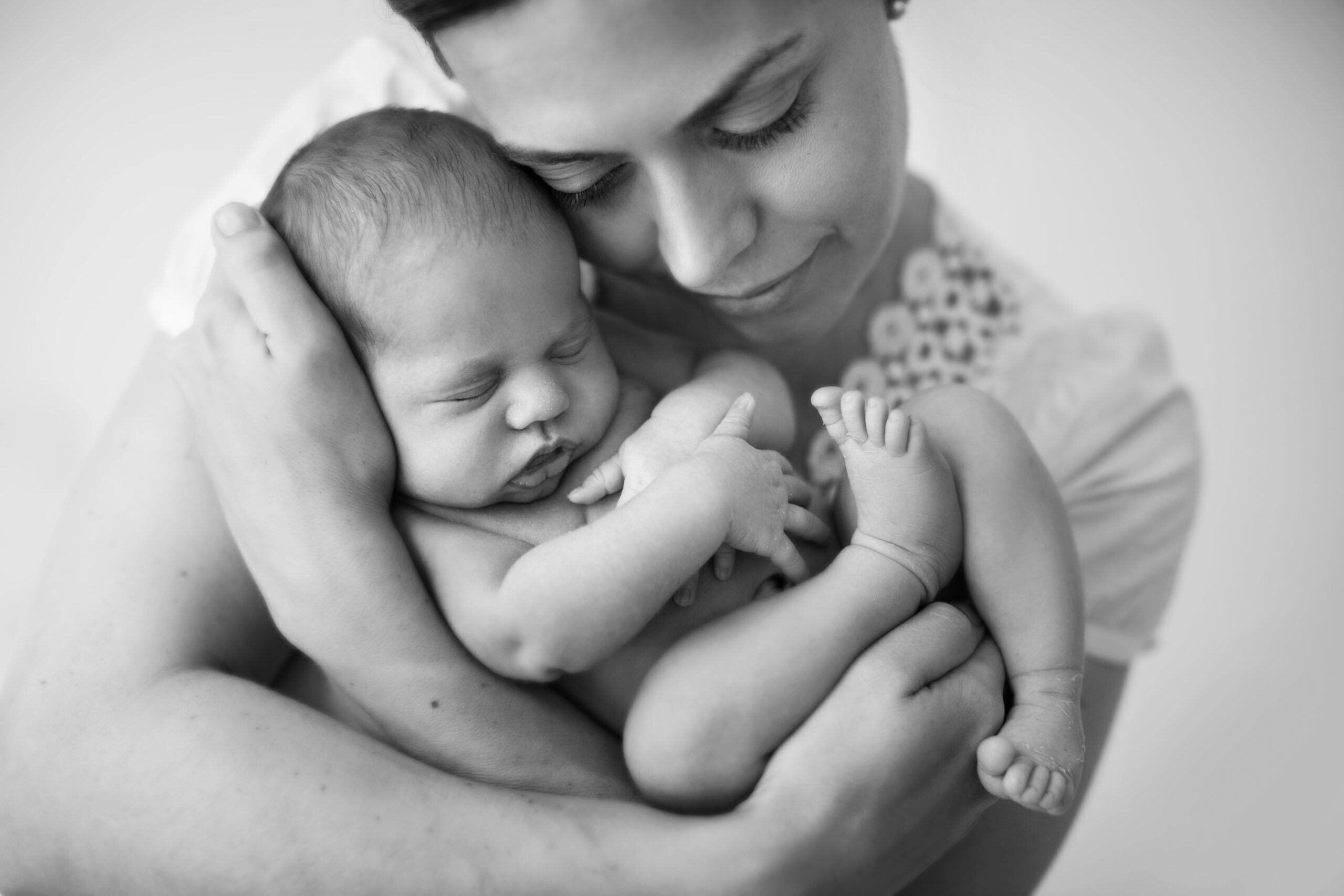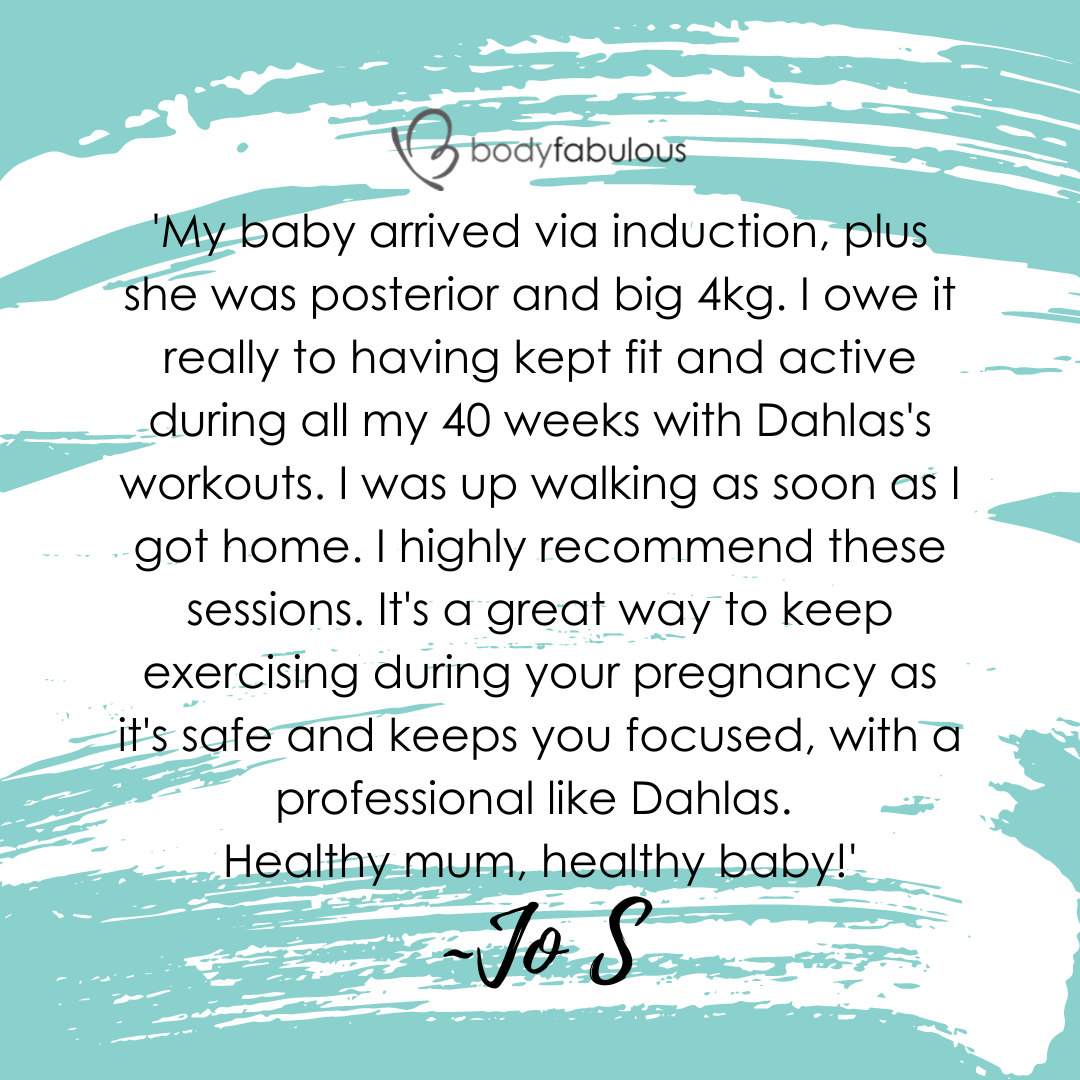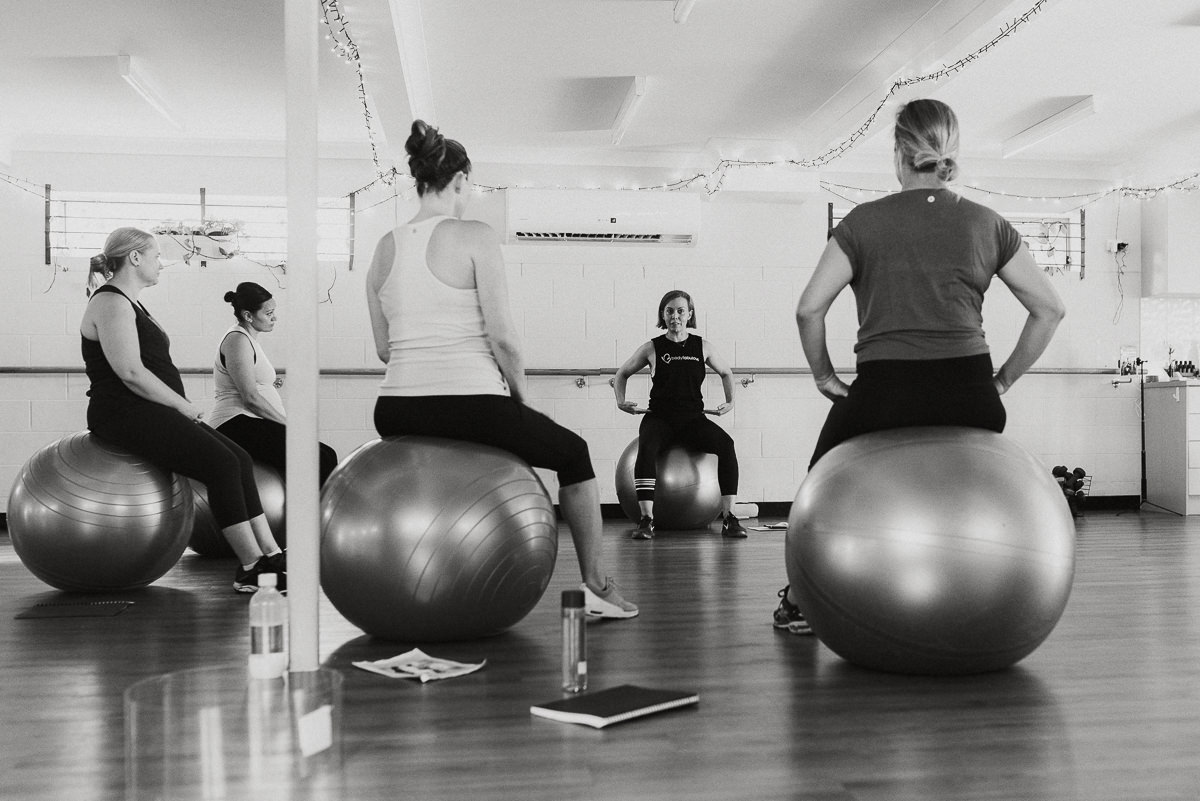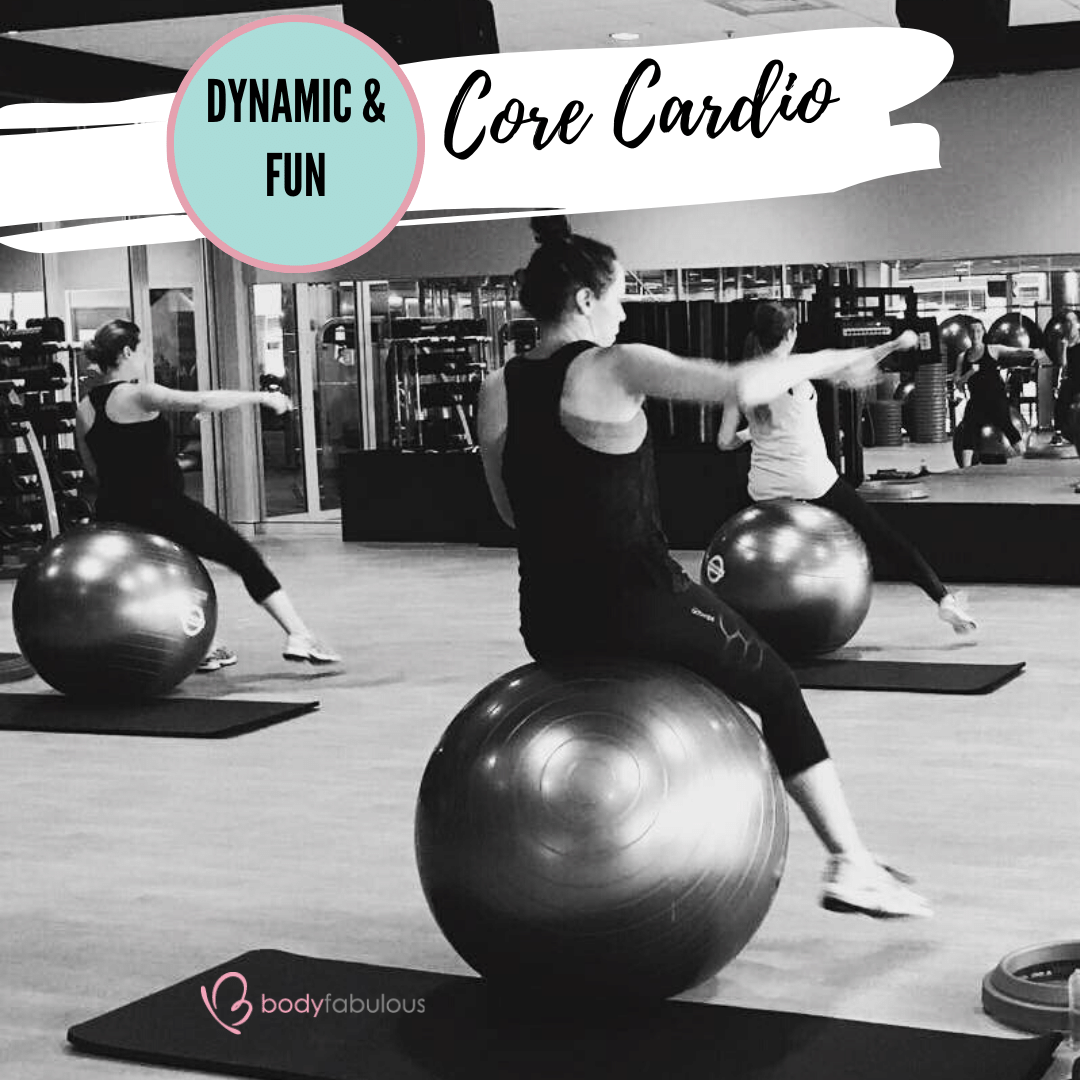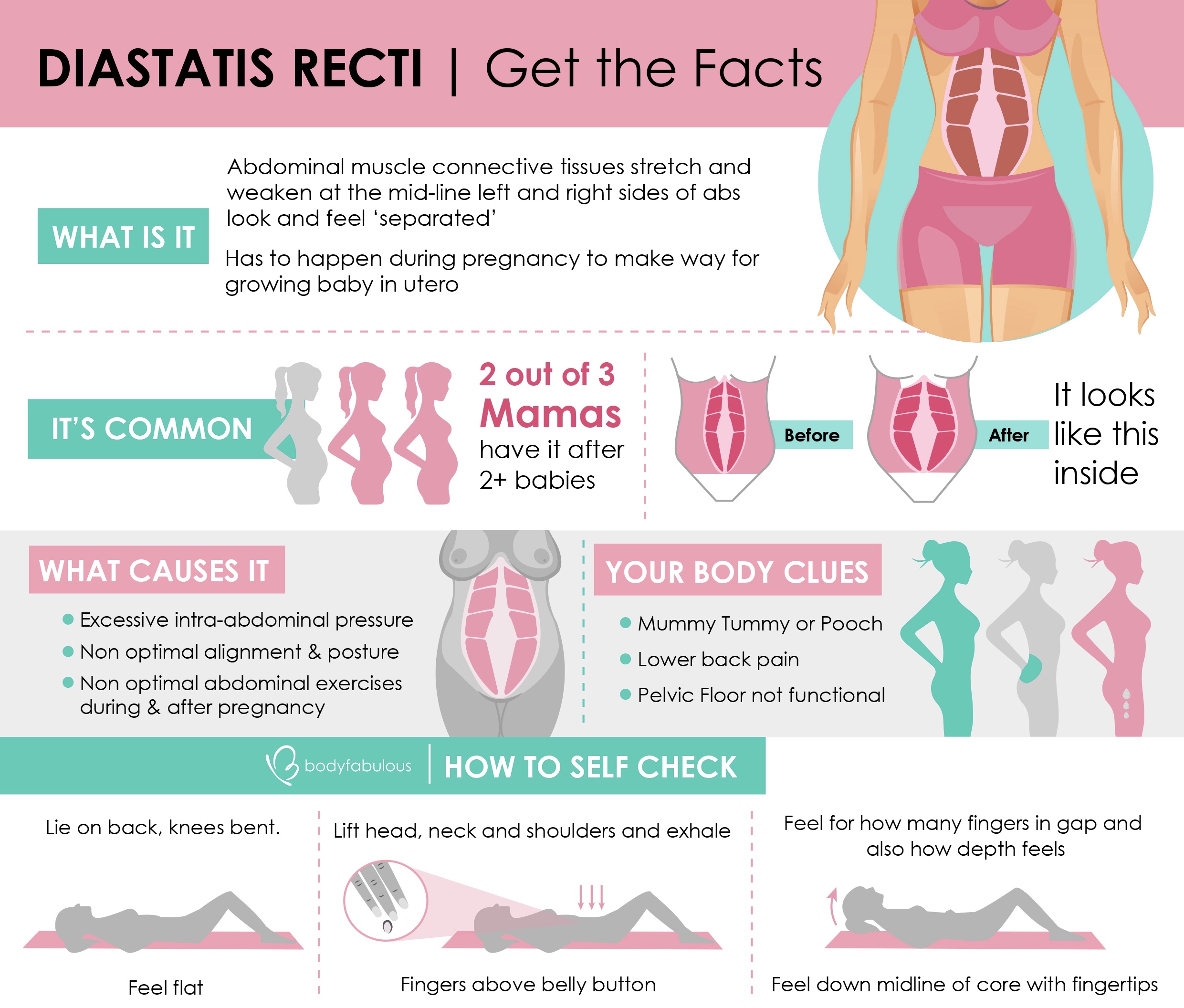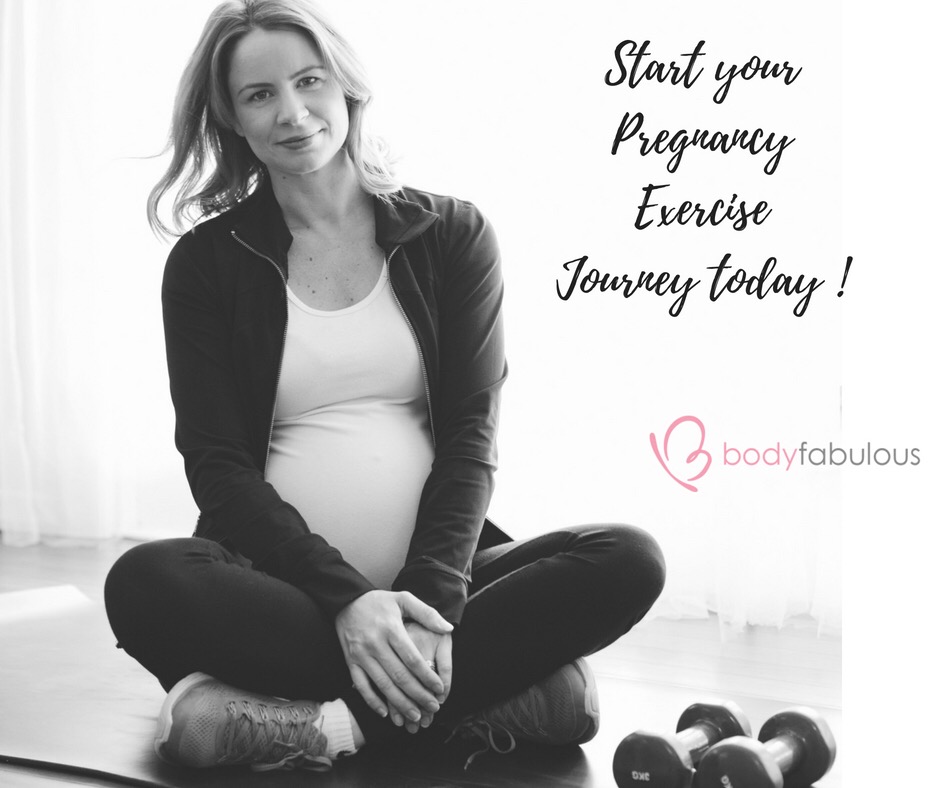
It can be confusing to know what exercises you can and can’t do during pregnancy. Here is my beginners guide to Pregnancy Exercise so you can get moving and motivated during this precious time plus ensure you are exercising safely and effectively.
1) You are in maintenance mode
Pregnancy is NOT the time to try to lose weight or to begin or continue an intensive exercise routine. Instead begin with the mindset that you want to exercise safely to improve the health and well being of you and your baby. If you are not in any high- risk pregnancy categories and have clearance from your medical practitioner, you can commence a pregnancy exercise regimen at a mild to moderate level. I recommend you seek the guidance of a certified pregnancy trainer to ensure you receive a safe and effective program or check some options here
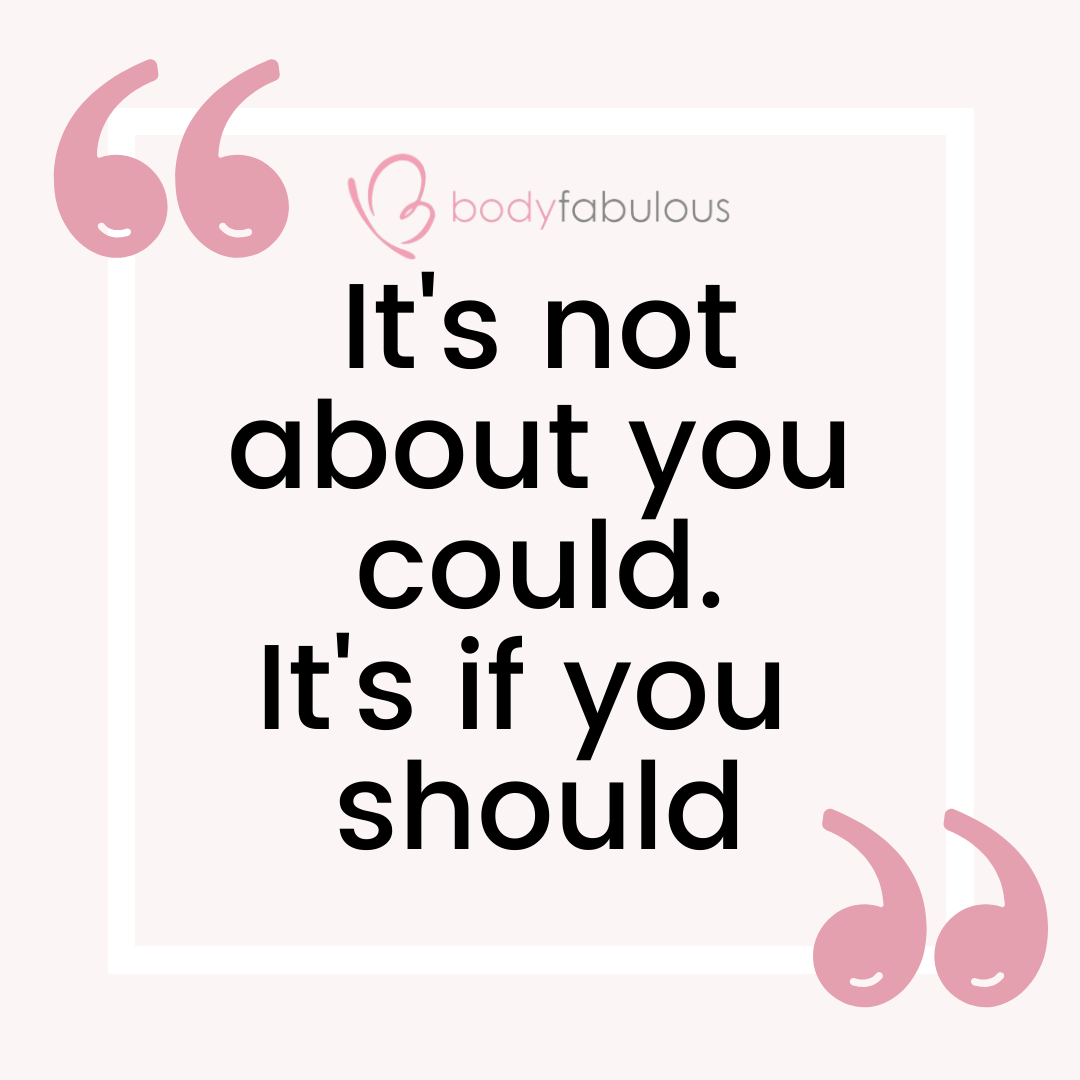
2) Listen to your body
Gone are the days where you need to monitor your heart rate during exercise. The ACOG guideline’s advise you should be able to hold a conversation during any form of Pregnancy exercise. Above all, listen to your body – and remember it doesn’t feel right don’t do it!
3) Start slowly. Be Pelvic Floor Aware
Beginners should start by exercising 10 minutes at a time and slowly build up to 30 a minutes a day for 3 – 5 days per week. Don’t go for the burn and don’t exercise to exhaustion.
Yes you will feel out of breath! This doesn’t mean your are terribly unfit, during pregnancy your blood volume increases, so your heart has to work a bit harder to distribute oxygen to your and your baby, which increases breathlessness. Make sure you also focus on a variety of exercise that includes some form of cardio, resistance training and stretching. Balance is key.

1 in 2 women experience a prolapse post birth. It is essential, during and after pregnancy you only pursue exercises that are pelvic floor safe. This means seeking out the advice of a certified pregnancy and postnatal trainer rather than jumping into the first routine you find on YouTube or other social media channels and please don’t think Kegels are the ONLY way to train your pelvic floor – in fact doing them too much can cause incontinence symptoms – learn more here.
4) Nourish yourself
It’s important to eat properly and get enough fluids. As females we are flooded with the advice “not to eat too much”. Being pregnant means you need approximately 300 extra calories a day, this varies on your pre-pregnancy weight, but it is the average for most women growing a small human inside them who are not obese. Go for the J.E.R.F way of eating – “just eat real food”. That means wholesome, unprocessed nourishing food. And always try to eat within 30 mins before and after exercise to keep your blood sugar stable and avoid nauseousness.
Grab my complimentary Pregnancy Nutrition Guide
5) Eat Enough Protein
Pregnant women also need at least 15% more protein daily as when you think about it you are growing a little human protein ball inside you ! Adequate protein supplies during pregnancy help to reduce nauseous and improve energy levels. Why not try a smoothie or smoothie bowl and boost your protein intake with some no nasties, great tasting pregnancy safe protein powder from Switch Nutrition.
Use my code BFAB and receive 10% off just click here any order.
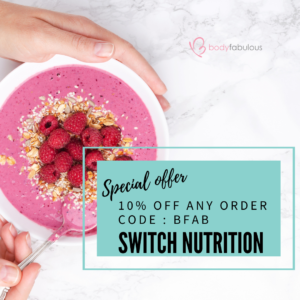
6) Stay Cool
Wear a sun hat and layers of loose, comfortable clothing when working out in hot, humid weather. Keep bottles of water handy to replenish lost fluids- try to take small sips of water rather than guzzling it to avoid cramps. Plus if you’re exercising outside, be sure to wear sunblock since pregnancy can make your skin more sun-sensitive.
Learn about my PREGNANCY EXERCISE WORKSHOP
7) What types of exercise can I do while pregnant ?
Is a common question I am often asked. Here are my 5 recommendations for the best types pregnancy exercise.
• Resistance Training: A program from a certified pregnancy trainer that includes variety movements including resistance training, functional movements, and safe cardio. Lifting weights during pregnancy is important but needs to be done safely and effectively – find out here why !
• Fitball Workouts : Are a fantastic way to get a safe total body workout throughout your whole pregnancy that will make you fit and strong for labour & recovery, without impacting your lower back and pelvic floor
• Swimming: This is a great form of exercise because it uses your whole body and puts little strain on your joints. An added bonus, is that the water supports your weight, giving you a temporary reprieve from feeling ungainly as your belly gets bigger.
• Prenatal yoga / pilates and stretching: Both ease tension and help keep you flexible and strong. Inside my BFABMETHOD online we have a complete BFABFLO section focused on pilates, meditation and stretching
• Pelvic Floor / Core exercises : The essential muscle you must give daily attention during pregnancy is your Pelvic Floor. Consult a certified trainer or join a certified pregnancy exercise class to learn the importance of your pelvic floor and discover specialised core and pelvic floor exercises that strengthen and reduce the impact on your pelvic floor, this is essential during and after pregnancy.
Please note – it is not just about doing 1000 Kegels a day to train your Pelvic Floor. The pelvic floor is connected to your WHOLE core so this needs attention and a total body focus.
- Activities to Avoid – It is common sense during pregnancy to avoid high-risk sports, such as scuba diving, and activities with a potential for hard falls, such as horseback riding, downhill skiing, snowboarding, and water-skiing. Remember – if it doesn’t feel right don’t do it !
- Other forms of exercise, such as bike riding, and walking should be pursued more cautiously or postponed until after the baby’s born. Reason being is that these exercises can trigger pelvic instability during pregnancy.
Other Pregnancy Movement Considerations
- Very often pelvic pain is dismissed as lower back pain or “just part of the pregnancy journey” Pelvic instability or Pelvic Girdle Pain can become very uncomfortable for the mum-to-be. If you are going to walk – ensure you wear sensible shoes, have correct posture and keep walking at a slower pace with a maximum of 20 mins, no more than 3 times a week.
- Pregnancy also isn’t the time to start running, although it can be ok if you jogged regularly before getting pregnant and if don’t feel any heaviness or leaking from pelvic floor impact. Learn here about the effects of intra-abdominal pressure during pregnancy due to higher impact movement
- Sit ups, crunches and planks should also be avoided during pregnancy – again, make sure you consult a certified trainer to find out about safe and effective core exercises during pregnancy. Learn more how to prevent and heal DIASTASIS RECTI HERE
- Trust your body. Above all listen to your body, trust your body and stay within a zone that is safe for you and your baby. Your motherly instincts start now so believe in them.
Symptoms to be aware of
If you have any of the following symptoms while you’re exercising, stop immediately and contact your healthcare provider if the symptoms do not quickly resolve:
• dizziness or feeling faint
• sharp pain
• headache
• chest pain
• calf pain or swelling
• vaginal bleeding
• contractions (preterm labour)
• fluid leaking from your vagina
• decreased foetal movement
• rapid heartbeat while at rest
Most importantly, Have FUN – choose a pregnancy exercise routine that you enjoy and look forward too, as this means you are more likely to make it consistent and reap all the benefits of exercising during pregnancy
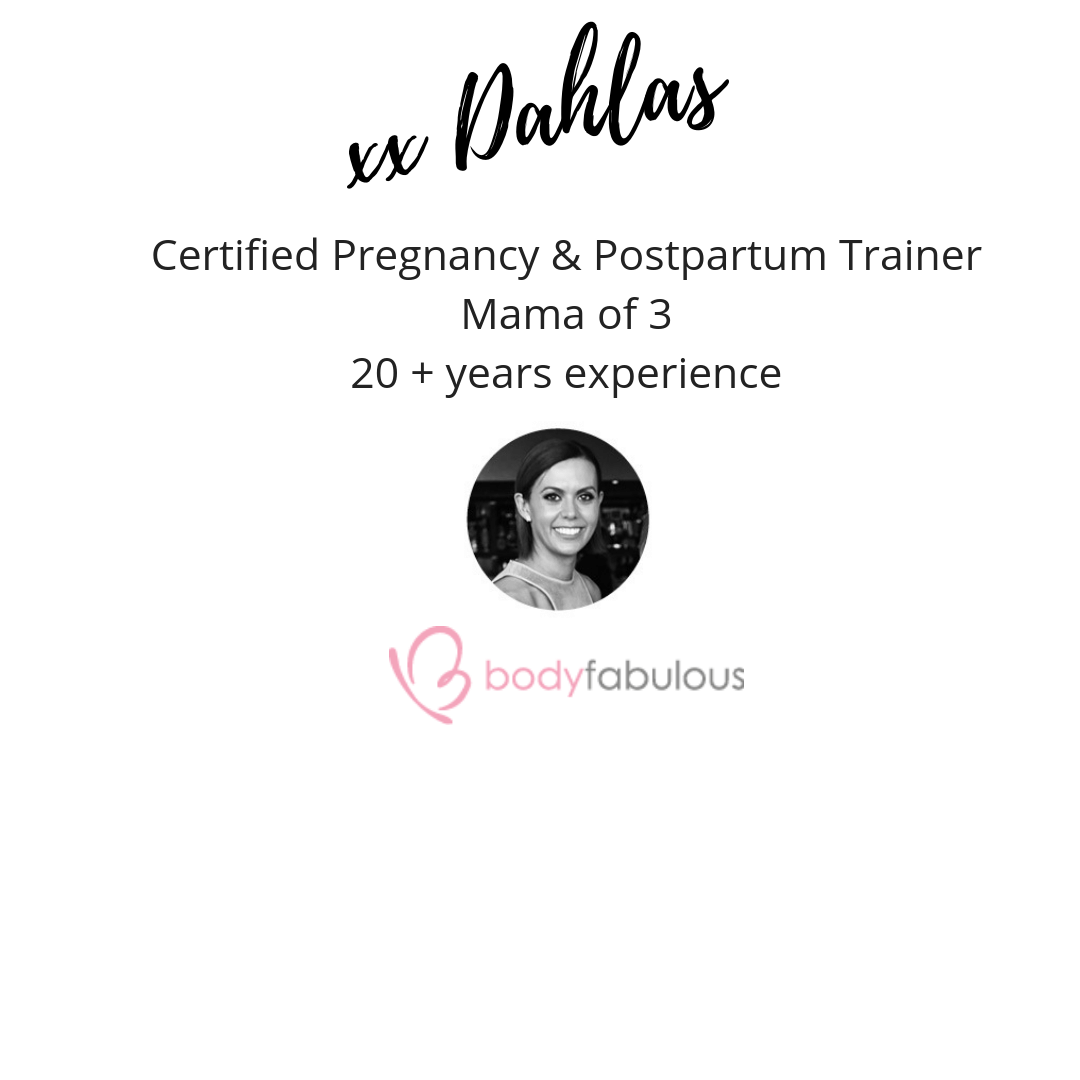
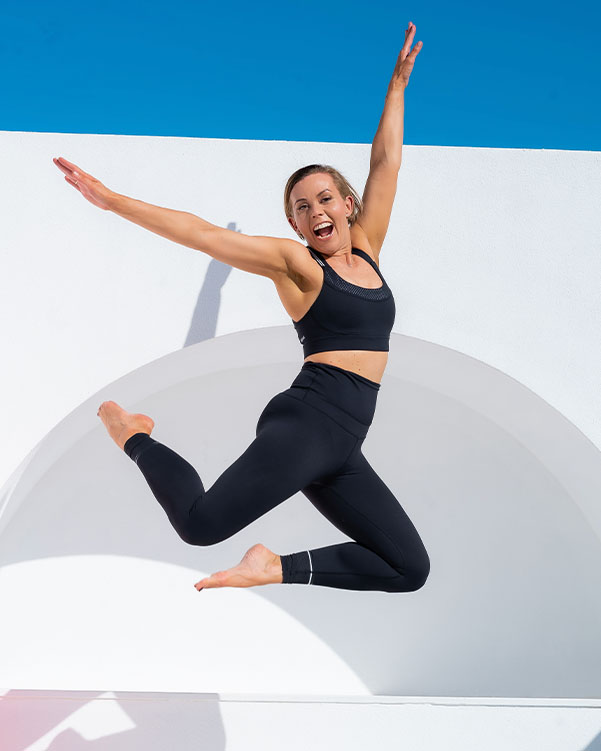
About Dahlas
Dahlas Fletcher is one of Australia’s most respected and successful certified and experienced Pregnancy and Female Fitness Trainers. Her goal is to help you be the happiest, most fabulous version of yourself, inside and out.

